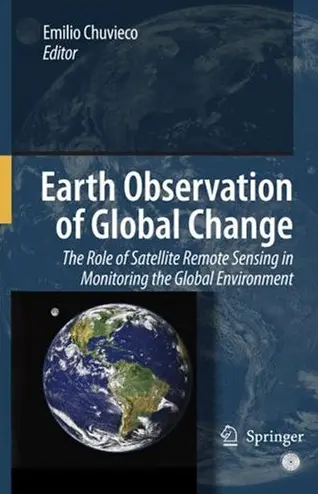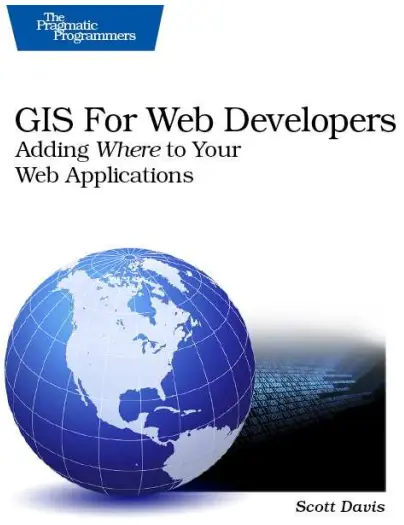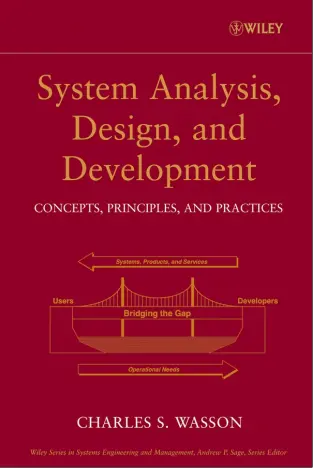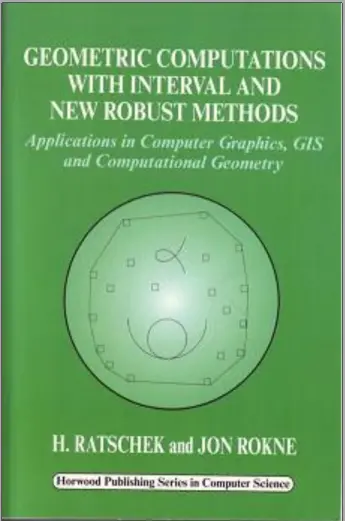Interfacing Geostatistics and GIS
📊 Interfacing Geostatistics and GIS – Spatial Prediction, Kriging & Uncertainty Mapping
“Interfacing Geostatistics and GIS” bridges the gap between spatial statistics and digital mapping, offering a powerful toolkit to analyze, predict, and visualize spatial phenomena with confidence. The book explains how geostatistical methods like kriging, semivariograms, and spatial autocorrelation can be embedded into modern GIS workflows.
It provides a practical framework for handling real-world datasets such as soil properties, pollution levels, rainfall distribution, epidemiological spread and more — using techniques like ordinary kriging, indicator kriging, cross-validation, trend surface analysis and uncertainty quantification.
This book is ideal for:
- 📐 Spatial data scientists and GIS analysts handling noisy or sparse datasets
- 🌦️ Environmental modelers predicting climate or soil variation
- 💊 Health geographers analyzing disease diffusion and spatial risk
- 🎓 Researchers working on interpolation, surface modeling, and predictive mapping
By integrating statistical rigor with GIS mapping, this book transforms geospatial workflows into powerful prediction engines — helping users make data-driven spatial decisions with confidence.
Keywords: Geostatistics GIS, Kriging in GIS, Spatial Prediction, Semivariogram Analysis, Uncertainty Mapping, Interpolation Techniques, Spatial Data Modeling, Spatial Autocorrelation







comments
Leave a Reply
Your email address will not be published. Required fields are marked *